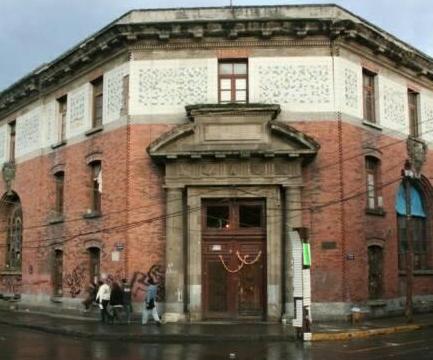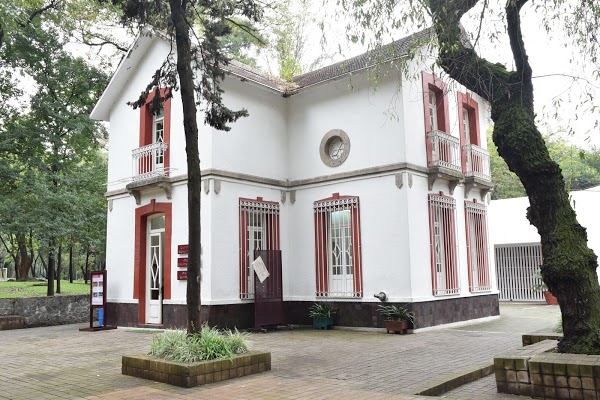
Museo Nacional de Arte
 Tacuba #8, Col. Centro.
Tacuba #8, Col. Centro.


Edificio París
 Av. 5 de Mayo 32, Centro Histórico, Alc. Cuauhtémoc, 06000 CDMX
Av. 5 de Mayo 32, Centro Histórico, Alc. Cuauhtémoc, 06000 CDMX


Museo Banco de México
 Av. 5 de Mayo 2, Centro Histórico, Alc. Cuauhtémoc, 06000 CDMX
Av. 5 de Mayo 2, Centro Histórico, Alc. Cuauhtémoc, 06000 CDMX


Proyecto Público Prim
 General Prim 30, 32 & 34 Col. Juárez, Alc. Cuauhtémoc 06600 CDMX
General Prim 30, 32 & 34 Col. Juárez, Alc. Cuauhtémoc 06600 CDMX


Plaza del Estudiante / Honorable Casa Nacional del Estudiante
 Plaza del Estudiante #11, Colonia Centro, Cuauhtémoc, 06020 CDMX
Plaza del Estudiante #11, Colonia Centro, Cuauhtémoc, 06020 CDMX


Casa de Cultura Quinta Colorada
 Av. Heroico Colegio Militar S/N, Bosque de Chapultepec I Secc, Alc. Miguel Hidalgo, 11580 CDMX
Av. Heroico Colegio Militar S/N, Bosque de Chapultepec I Secc, Alc. Miguel Hidalgo, 11580 CDMX


